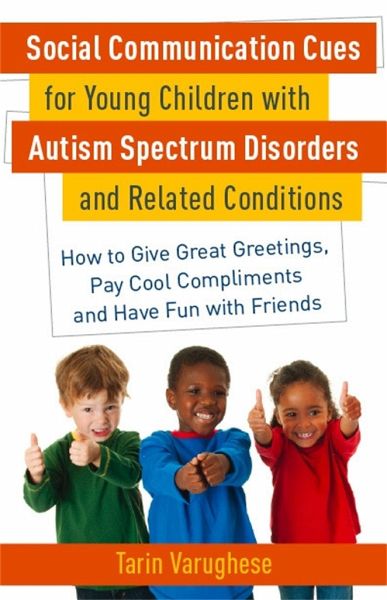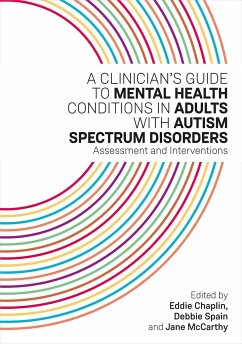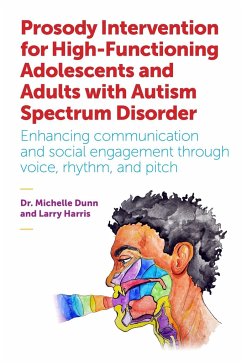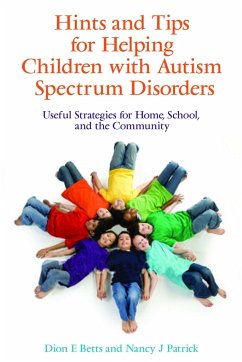Nicht lieferbar

Social Communication Cues for Young Children with Autism Spectrum Disorders and Related Conditions
How to Give Great Greetings, Pay Cool Compliments and Have Fun with Friends
Versandkostenfrei!
Nicht lieferbar
This collection of cues will enable parents and professionals to help children with social development difficulties navigate their social world and enjoy interacting with their peers. Each section begins with a simple rule; the reason why the child may be having difficulty in this area is explained; and easy prompts and practice ideas are provided.








